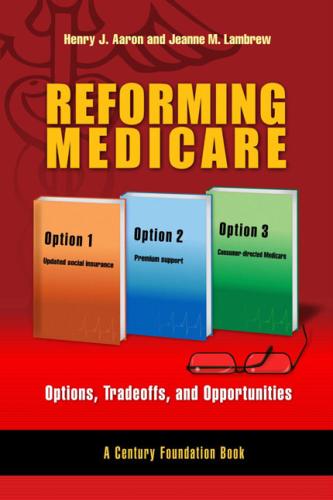This analysis is part of the USC-Brookings Schaeffer Initiative for Health Policy, which is a partnership between Economic Studies at Brookings and the University of Southern California Schaeffer Center for Health Policy & Economics. The Initiative aims to inform the national health care debate with rigorous, evidence-based analysis leading to practical recommendations using the collaborative strengths of USC and Brookings. This response originally appeared in the Journal of Ambulatory Care Management on April 30th.
One of the most controversial areas in discussions of single-payer approaches for the United States, such as “Medicare for All,” concerns its implications for costs. Confusion over differences between federal and total spending and effects of lower patient cost sharing gets in the way of “apples-to-apples” comparisons. Key areas with potential to lower costs are lower administrative costs and lower provider prices. But cost reduction would likely be smaller than some envision, especially in the price area because of the need for a long process to gradually allow providers to adjust to lower prices and Americans’ unique attitudes toward regulation. Read the full commentary here.










Commentary
Op-edCommentary on “Health spending under single-payer approaches”
May 18, 2020